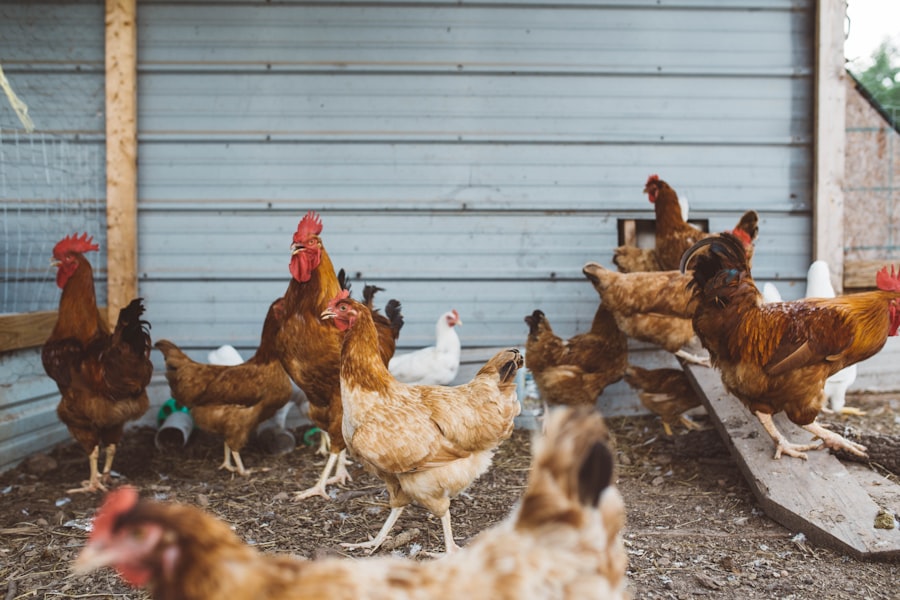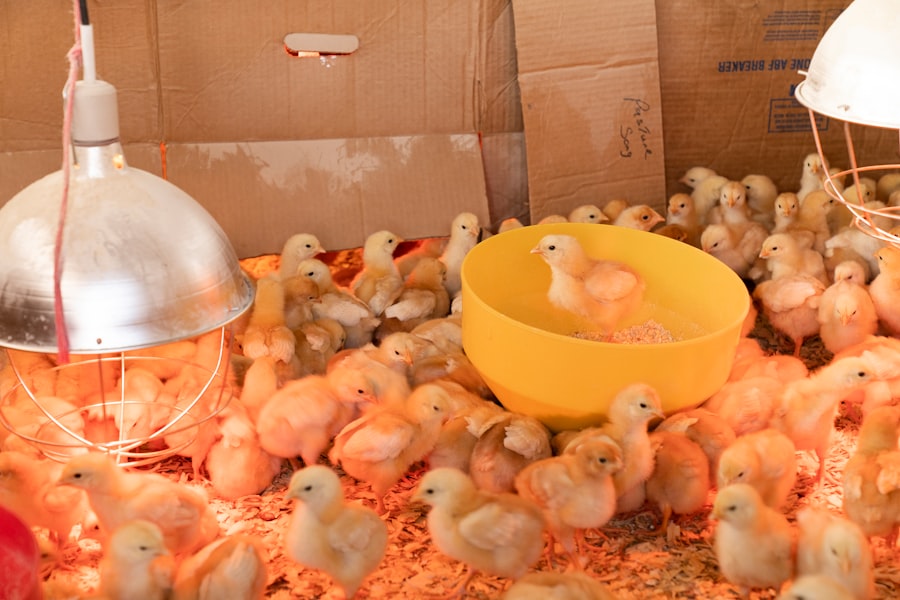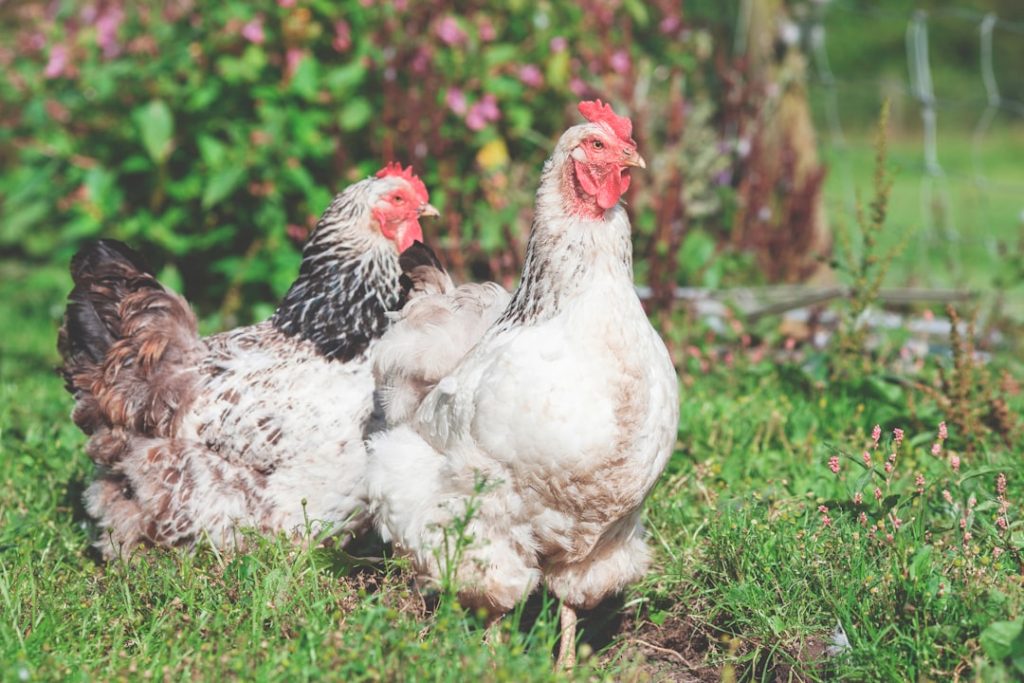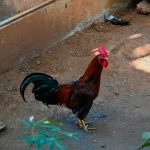Blue chicken breeds are a distinctive group of poultry characterized by their unique blue plumage. This coloration results from a genetic mutation affecting melanin production in the feathers, creating an iridescent appearance. These breeds have gained popularity among chicken enthusiasts and breeders worldwide due to their striking visual appeal.
Blue chickens come in various sizes and shapes, offering both aesthetic value and practical utility. The blue coloration can be found in numerous chicken breeds, each with its own set of characteristics and traits. These birds are valued not only for their ornamental qualities but also for their potential contributions to egg and meat production.
The development of blue chicken breeds has a rich history rooted in selective breeding and genetic research. Breeders have worked to establish and refine blue varieties within existing chicken breeds, as well as create new breeds that consistently express the blue coloration. Care and maintenance of blue chicken breeds generally align with standard poultry husbandry practices, though some breeds may have specific requirements.
The unique appearance of these birds often makes them popular choices for exhibition and showing, while their practical attributes contribute to their use in both backyard flocks and commercial operations.
Table of Contents
Key Takeaways
- Blue chicken breeds are known for their unique and attractive blue plumage, making them a popular choice for backyard poultry enthusiasts.
- The history and origin of blue chicken breeds can be traced back to various regions around the world, each with its own distinct characteristics and traits.
- Blue chicken breeds are known for their gentle temperament, cold hardiness, and ability to lay a good number of eggs, making them a practical and beautiful addition to any flock.
- Some popular blue chicken breeds include the Ameraucana, Cream Legbar, and Blue Andalusian, each with its own unique qualities and characteristics.
- Proper care and maintenance of blue chicken breeds include providing a balanced diet, regular health check-ups, and a clean and comfortable living environment to ensure their well-being and productivity.
History and Origin of Blue Chicken Breeds
The Origin of Blue Chicken Breeds
The genetic mutation that causes the blue coloration is believed to have originated in Asia, where it was selectively bred to create the distinct blue chicken breeds that we know today. Over time, these breeds were introduced to Europe and other parts of the world, where they gained popularity for their unique appearance and utility.
Practicality and Popularity
Blue chicken breeds have been bred for both egg production and meat, making them valuable additions to small-scale and backyard poultry farms. Today, blue chicken breeds continue to be cherished for their beauty and practicality, and they are a popular choice for hobbyists and enthusiasts who appreciate their unique characteristics.
Diversity and Preservation
Some blue chicken breeds have been recognized for centuries, while others are relatively new additions to the poultry world. Despite their differences in origin and history, all blue chicken breeds share a common genetic trait that gives them their distinctive blue plumage. This genetic mutation has been carefully preserved and bred over generations to maintain the characteristic blue coloration, resulting in a wide variety of blue chicken breeds that are cherished for their beauty and utility.
Characteristics and Physical Appearance of Blue Chicken Breeds

Blue chicken breeds are known for their striking and iridescent blue plumage, which sets them apart from other chicken varieties. The blue coloration is a result of a genetic mutation that affects the production of melanin in the feathers, giving the birds a unique and eye-catching appearance. In addition to their blue plumage, blue chicken breeds come in a variety of sizes and shapes, with some breeds being small and compact while others are larger and more robust.
They also exhibit a wide range of comb types, leg colors, and feather patterns, adding to their visual appeal. In terms of temperament, blue chicken breeds are known for being docile and friendly, making them ideal for backyard flocks and family farms. They are also hardy and adaptable, able to thrive in a variety of climates and environments.
Blue chicken breeds are valued not only for their beauty but also for their utility. They are excellent layers of large brown eggs and are also prized for their flavorful meat. Additionally, some blue chicken breeds are dual-purpose, meaning they are suitable for both egg production and meat, making them valuable additions to small-scale poultry operations.
Popular Blue Chicken Breeds
There are several popular blue chicken breeds that are cherished by poultry enthusiasts around the world. One of the most well-known blue chicken breeds is the Ameraucana, which is prized for its stunning blue plumage and ability to lay colorful blue eggs. The Ameraucana is a medium-sized breed with a pea comb and clean legs, making it an attractive and practical choice for backyard flocks.
Another popular blue chicken breed is the Blue Andalusian, which hails from Spain and is known for its striking blue plumage and elegant appearance. The Blue Andalusian is a hardy and active breed that is valued for its egg-laying abilities as well as its beauty. In addition to the Ameraucana and Blue Andalusian, other popular blue chicken breeds include the Cream Legbar, Swedish Isbar, and Sapphire Gem.
Each of these breeds has its own unique characteristics and qualities, but they all share the distinctive blue plumage that sets them apart from other chicken varieties. These breeds are prized for their beauty as well as their utility, making them valuable additions to backyard flocks and small-scale poultry operations.
Care and Maintenance of Blue Chicken Breeds
Caring for blue chicken breeds requires attention to their specific needs and characteristics. Like all chickens, they require a suitable coop or housing that provides protection from predators and the elements. Additionally, they need access to fresh water, high-quality feed, and ample space to roam and forage.
Blue chicken breeds are generally hardy and adaptable, but they still require regular care and maintenance to ensure their health and well-being. It is important to provide proper nutrition for blue chicken breeds to support their egg production or meat development. This includes a balanced diet of commercial feed supplemented with fresh fruits, vegetables, and occasional treats.
Additionally, providing access to grit and oyster shell can help support their digestive health and eggshell formation. Regular health checks and parasite control are also essential to keep blue chicken breeds in optimal condition. In terms of housing, blue chicken breeds require a clean and secure coop or housing that provides protection from predators and the elements.
The coop should be well-ventilated with adequate space for roosting and nesting. It is also important to provide access to a suitable outdoor run or free-range area where the birds can exercise and forage for insects and plants. Regular cleaning of the coop and nesting boxes is essential to prevent disease and maintain a healthy environment for the birds.
Uses and Benefits of Blue Chicken Breeds

Colorful Eggs and Culinary Delights
One of the primary benefits of blue chicken breeds is their ability to lay colorful blue eggs, which adds an element of novelty and excitement to egg production. These eggs are not only visually appealing but also nutritious and delicious, making them a popular choice for home cooks and bakers.
Versatility and Aesthetic Appeal
In addition to their egg-laying abilities, some blue chicken breeds are also valued for their flavorful meat, making them a versatile choice for small-scale poultry operations. Blue chicken breeds also offer aesthetic benefits, adding beauty and diversity to backyard flocks and small farms. Their striking blue plumage makes them stand out among other chicken varieties, adding visual interest to any poultry collection.
Temperament and Conservation
Additionally, many blue chicken breeds have friendly and docile temperaments, making them ideal for families with children or novice poultry keepers. In addition to their practical uses, blue chicken breeds also play a role in preserving genetic diversity within poultry populations. By maintaining and breeding these unique genetic traits, poultry enthusiasts help ensure the continued existence of these beautiful and valuable bird varieties.
Conclusion and Future of Blue Chicken Breeds
In conclusion, blue chicken breeds are a unique and visually striking group of poultry that offer a range of uses and benefits for poultry enthusiasts and small-scale farmers. Their distinctive blue plumage sets them apart from other chicken varieties, adding beauty and diversity to backyard flocks and small farms. Blue chicken breeds are valued not only for their beauty but also for their utility, with many breeds prized for their egg-laying abilities as well as their flavorful meat.
The future of blue chicken breeds looks promising as they continue to capture the attention of poultry enthusiasts around the world. With careful breeding and preservation efforts, these unique genetic traits will be maintained for future generations to enjoy. As interest in sustainable agriculture and backyard poultry keeping continues to grow, blue chicken breeds are likely to remain popular choices for those seeking beautiful, practical, and unique additions to their flocks.
In conclusion, blue chicken breeds have a rich history, distinctive characteristics, practical uses, and promising future in the world of poultry keeping. Whether you are drawn to their stunning appearance or their practical utility, blue chicken breeds offer something special for poultry enthusiasts of all kinds. As interest in sustainable agriculture continues to grow, these unique bird varieties are likely to remain popular choices for those seeking beautiful, practical, and unique additions to their flocks.
If you’re interested in learning more about blue chicken breeds, you might also want to check out this article on what kind of coop is best for chickens. Understanding the best housing options for your chickens is essential for their health and well-being, and this article provides valuable insights into creating the ideal living space for your flock.
FAQs
What are blue chicken breeds?
Blue chicken breeds are a type of chicken that have a unique blue or slate-colored plumage. These breeds are known for their striking appearance and are popular among poultry enthusiasts.
What are some examples of blue chicken breeds?
Some examples of blue chicken breeds include the Blue Andalusian, Cream Legbar, and Blue Ameraucana. These breeds are known for their blue or blue-grey feathers and are prized for their beauty and egg-laying abilities.
What are the characteristics of blue chicken breeds?
Blue chicken breeds typically have a medium-sized body with a sleek, upright posture. They are known for their hardiness, good egg production, and friendly temperament. Their blue plumage sets them apart from other chicken breeds.
Are blue chicken breeds rare?
Blue chicken breeds are not as common as some other chicken breeds, but they are not considered rare. They can be found in many parts of the world and are often sought after for their unique appearance and egg-laying capabilities.
What is the egg-laying capacity of blue chicken breeds?
Blue chicken breeds are known for their good egg-laying abilities. Depending on the specific breed, they can lay anywhere from 150 to 250 eggs per year. The eggs are typically light brown in color and are of good size.
Meet Walter, the feathered-friend fanatic of Florida! Nestled in the sunshine state, Walter struts through life with his feathered companions, clucking his way to happiness. With a coop that’s fancier than a five-star hotel, he’s the Don Juan of the chicken world. When he’s not teaching his hens to do the cha-cha, you’ll find him in a heated debate with his prized rooster, Sir Clucks-a-Lot. Walter’s poultry passion is no yolk; he’s the sunny-side-up guy you never knew you needed in your flock of friends!







